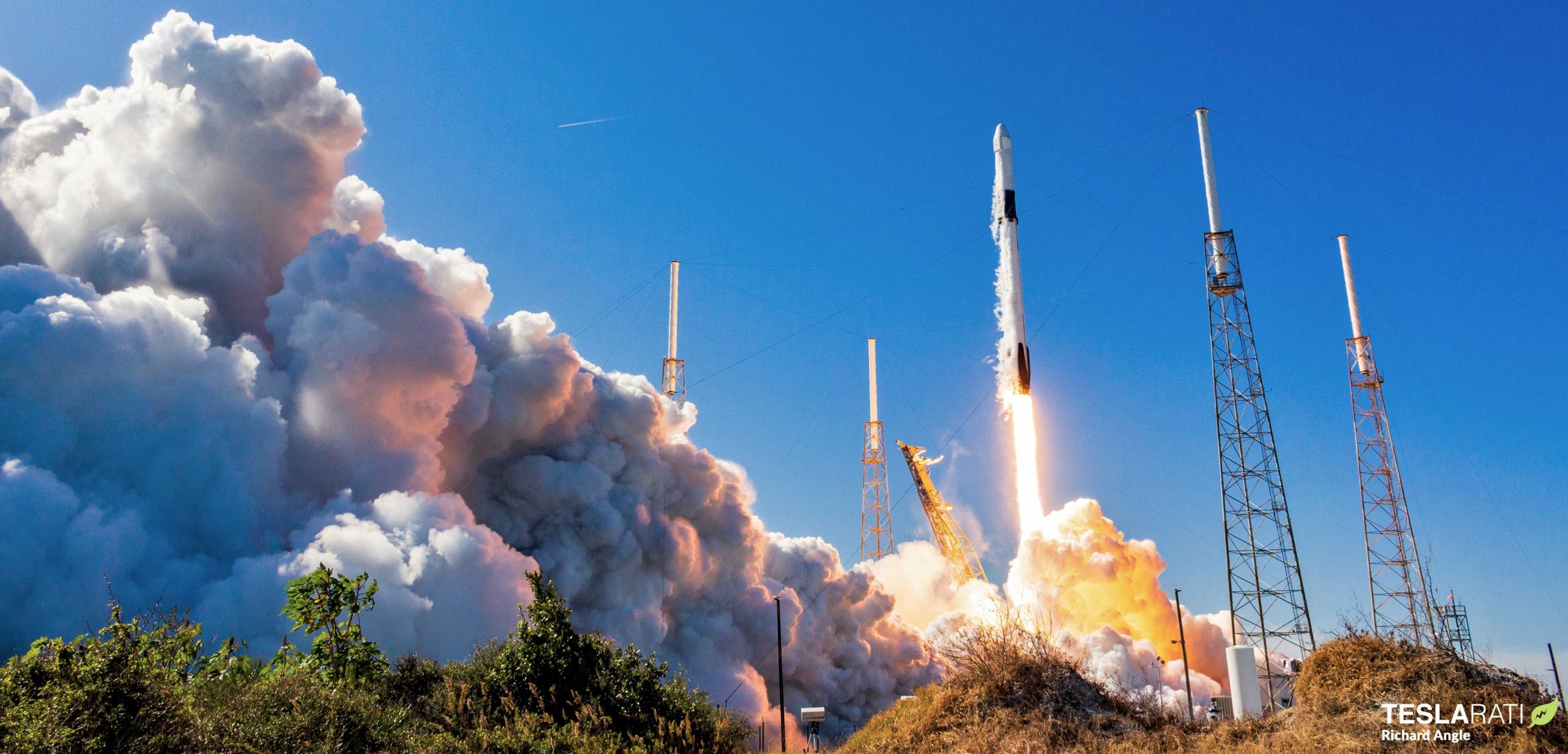
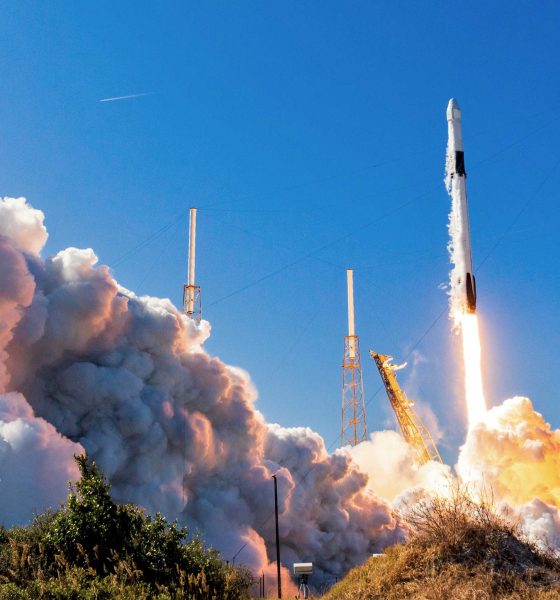
News
SpaceX nails first Falcon 9 booster launch debut in months [photos]
On December 5th, SpaceX pulled off a flawless Falcon 9 booster debut in support of the Cargo Dragon spacecraft’s CRS-19 space station resupply mission, marking the first launch of a new booster in months.
More specifically, the last time SpaceX launched a new Falcon 9 booster was on June 25th, 2019 during STP-2, Falcon Heavy Block 5’s second mission in two months. The mission featured two flight-proven side boosters – both reused from the Block 5 rocket’s April 11th launch debut – but also relied on a new center core (B1057). B1057 unfortunately failed moments before a planned touchdown on drone ship Of Course I Still Love You (OCISLY) but still technically qualifies as the last new booster launched by SpaceX prior to CRS-19.
A few days shy of six months later, CRS-19’s brand new Falcon 9 booster (and an expendable upper stage) rolled out to SpaceX’s LC-40 launch pad, confirming suspicions that the mission would use a new booster instead of twice-flown B1056.
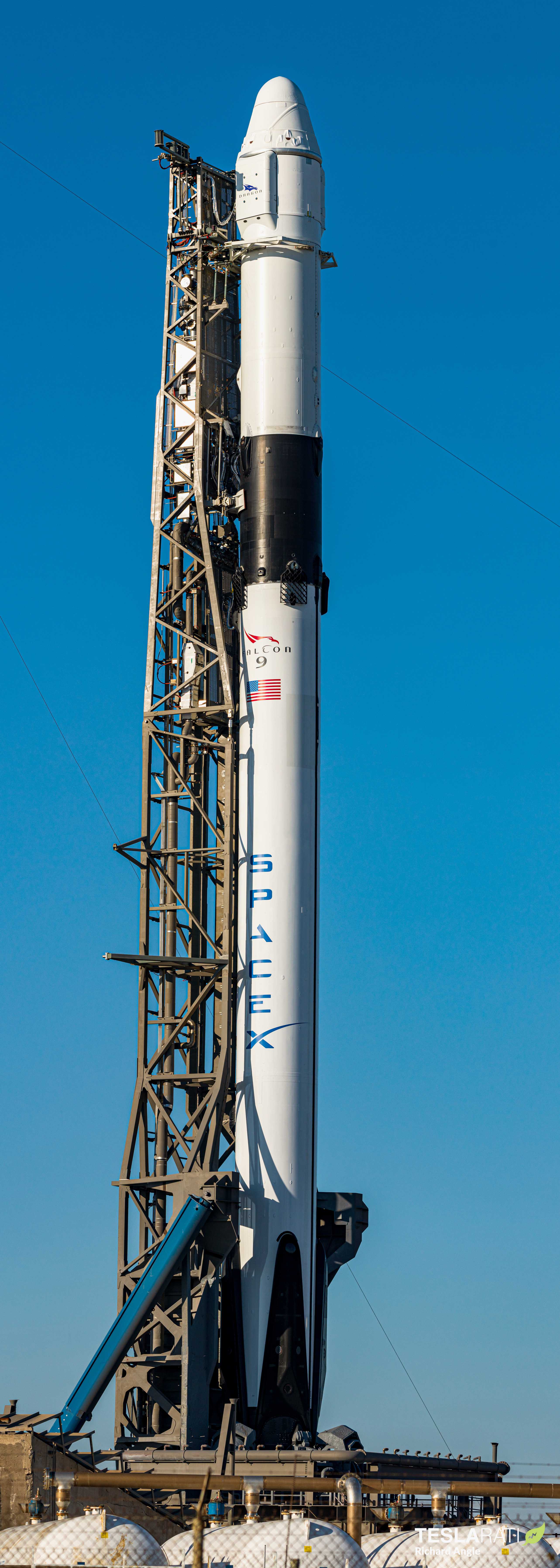
After the booster successfully launched CRS-17 and CRS-18 in May and July 2019, both SpaceX and NASA indicated that B1056 was the most likely candidate to launch CRS-19. Plans clearly changed, although SpaceX indicated in a prelaunch conference that the booster manifest swap was purely a scheduling move and didn’t indicate any technical issues or dissatisfaction from NASA.
In the history of SpaceX booster reuse, NASA has thus far only been comfortable flying on flight-proven boosters that had previously flown NASA missions only, meaning that it will likely be at least 12-18 months before the space agency has another twice-flown Falcon 9 booster ready for a NASA mission. Regardless, the space agency has been undeniably willing to support the technology far sooner than most would have expected, given its history of extreme conservatism over the two or so decades.
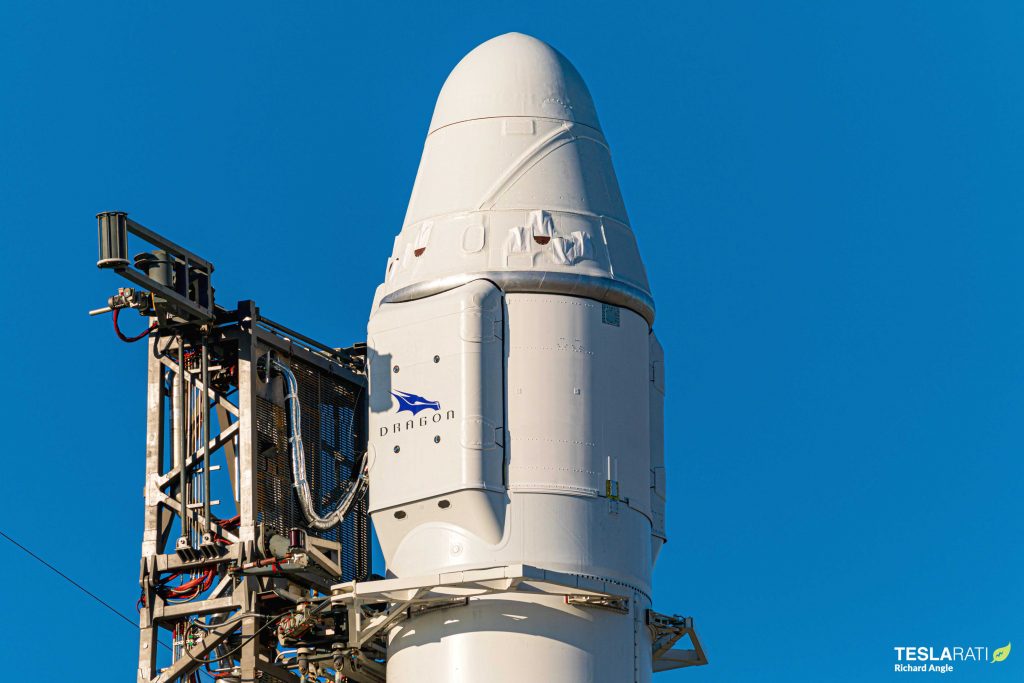
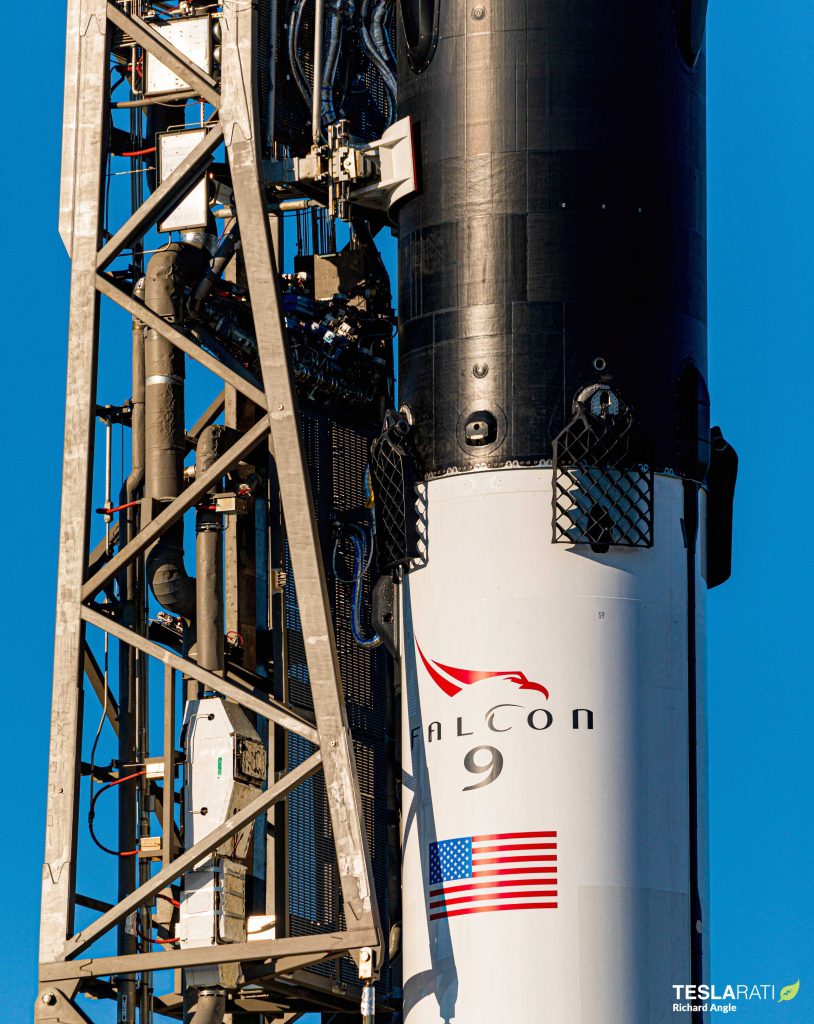
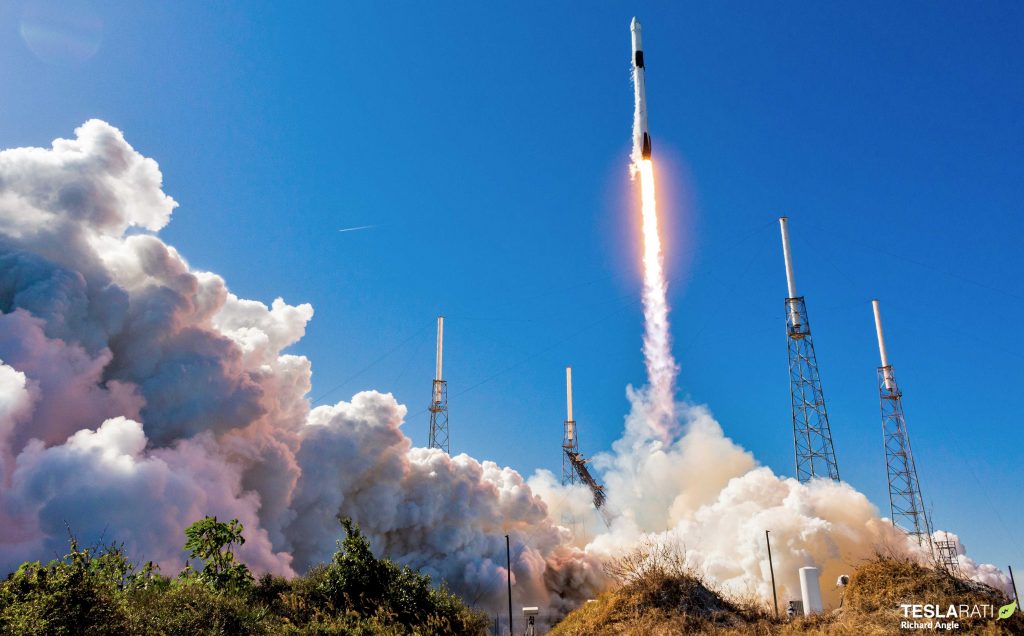
Regardless, after a brief wind-related 24-hour delay, Falcon 9 B1059 lifted off for the first time on December 5th, performing perfectly and ultimately landing on drone ship Of Course I Still Love You (OCISLY) to leave the upper stage with enough fuel to perform experiments after deploying Cargo Dragon. The mission’s drone ship landing – unusual for Cargo Dragon launches – raised suspicions in the spaceflight community and SpaceX ultimately confirmed the above information, indicating that CRS-19’s upper stage would perform orbital coast tests (likely for the USAF).
As it turns out Falcon 9 B1059’s flawless landing aboard OCISLY also made it the 20th booster SpaceX has successfully recovered. All told, SpaceX has flown a total of 46 separate missions with flight-proven Falcon 9 and Falcon Heavy boosters, all of which have occurred since the technology’s March 2017 debut.
After reaching orbit for the third time ever, Cargo Dragon capsule C106 and a fresh trunk began the journey to the International Space Station (ISS) with around 2600 kg (5800 lb) of science experiments, consumables, and other cargo aboard. The spacecraft successful rendezvoused with the ISS on December 8th and was captured and berthed by the station’s massive robotic arm (Canadarm2) shortly thereafter. All told, SpaceX has now delivered roughly 41 metric tons (90,000 lb) of cargo for NASA over its 19 successful missions to the ISS.
Meanwhile, with its first launch and landing – and a relatively gentle one, at that – under its belt, Falcon 9 B1059 should theoretically be a prime candidate for rapid turnaround, although there’s a good chance that SpaceX will hold the booster to support CRS-20, Cargo Dragon 1’s last planned launch. That mission is expected no earlier than March 2020.
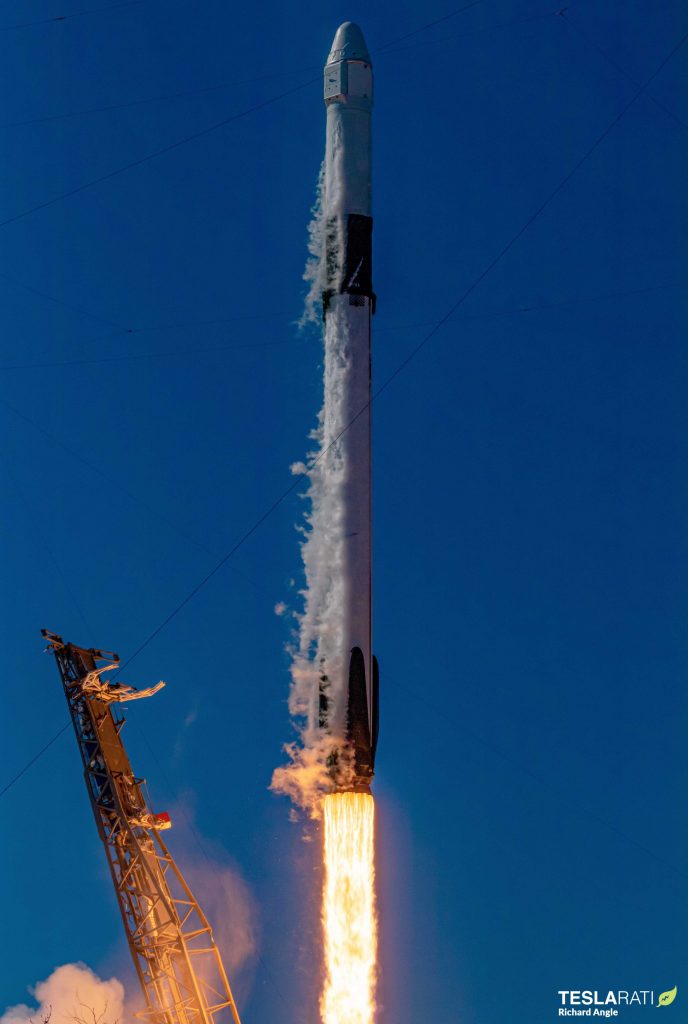
Check out Teslarati’s Marketplace! We offer Tesla accessories, including for the Tesla Cybertruck and Tesla Model 3.

News
Tesla is not sparing any expense in ensuring the Cybercab is safe
Images shared by the longtime watcher showed 16 Cybercab prototypes parked near Giga Texas’ dedicated crash test facility.

The Tesla Cybercab could very well be the safest taxi on the road when it is released and deployed for public use. This was, at least, hinted at by the intensive safety tests that Tesla seems to be putting the autonomous two-seater through at its Giga Texas crash test facility.
Intensive crash tests
As per recent images from longtime Giga Texas watcher and drone operator Joe Tegtmeyer, Tesla seems to be very busy crash testing Cybercab units. Images shared by the longtime watcher showed 16 Cybercab prototypes parked near Giga Texas’ dedicated crash test facility just before the holidays.
Tegtmeyer’s aerial photos showed the prototypes clustered outside the factory’s testing building. Some uncovered Cybercabs showed notable damage and one even had its airbags engaged. With Cybercab production expected to start in about 130 days, it appears that Tesla is very busy ensuring that its autonomous two-seater ends up becoming the safest taxi on public roads.
Prioritizing safety
With no human driver controls, the Cybercab demands exceptional active and passive safety systems to protect occupants in any scenario. Considering Tesla’s reputation, it is then understandable that the company seems to be sparing no expense in ensuring that the Cybercab is as safe as possible.
Tesla’s focus on safety was recently highlighted when the Cybertruck achieved a Top Safety Pick+ rating from the Insurance Institute for Highway Safety (IIHS). This was a notable victory for the Cybertruck as critics have long claimed that the vehicle will be one of, if not the, most unsafe truck on the road due to its appearance. The vehicle’s Top Safety Pick+ rating, if any, simply proved that Tesla never neglects to make its cars as safe as possible, and that definitely includes the Cybercab.
Elon Musk
Tesla’s Elon Musk gives timeframe for FSD’s release in UAE
Provided that Musk’s timeframe proves accurate, FSD would be able to start saturating the Middle East, starting with the UAE, next year.

Tesla CEO Elon Musk stated on Monday that Full Self-Driving (Supervised) could launch in the United Arab Emirates (UAE) as soon as January 2026.
Provided that Musk’s timeframe proves accurate, FSD would be able to start saturating the Middle East, starting with the UAE, next year.
Musk’s estimate
In a post on X, UAE-based political analyst Ahmed Sharif Al Amiri asked Musk when FSD would arrive in the country, quoting an earlier post where the CEO encouraged users to try out FSD for themselves. Musk responded directly to the analyst’s inquiry.
“Hopefully, next month,” Musk wrote. The exchange attracted a lot of attention, with numerous X users sharing their excitement at the idea of FSD being brought to a new country. FSD (Supervised), after all, would likely allow hands-off highway driving, urban navigation, and parking under driver oversight in traffic-heavy cities such as Dubai and Abu Dhabi.
Musk’s comments about FSD’s arrival in the UAE were posted following his visit to the Middle Eastern country. Over the weekend, images were shared online of Musk meeting with UAE Defense Minister, Deputy Prime Minister, and Dubai Crown Prince HH Sheikh Hamdan bin Mohammed. Musk also posted a supportive message about the country, posting “UAE rocks!” on X.
FSD recognition
FSD has been getting quite a lot of support from foreign media outlets. FSD (Supervised) earned high marks from Germany’s largest car magazine, Auto Bild, during a test in Berlin’s challenging urban environment. The demonstration highlighted the system’s ability to handle dense traffic, construction sites, pedestrian crossings, and narrow streets with smooth, confident decision-making.
Journalist Robin Hornig was particularly struck by FSD’s superior perception and tireless attention, stating: “Tesla FSD Supervised sees more than I do. It doesn’t get distracted and never gets tired. I like to think I’m a good driver, but I can’t match this system’s all-around vision. It’s at its best when both work together: my experience and the Tesla’s constant attention.” Only one intervention was needed when the system misread a route, showcasing its maturity while relying on vision-only sensors and over-the-air learning.
News
Tesla quietly flexes FSD’s reliability amid Waymo blackout in San Francisco
“Tesla Robotaxis were unaffected by the SF power outage,” Musk wrote in his post.

Tesla highlighted its Full Self-Driving (Supervised) system’s robustness this week by sharing dashcam footage of a vehicle in FSD navigating pitch-black San Francisco streets during the city’s widespread power outage.
While Waymo’s robotaxis stalled and caused traffic jams, Tesla’s vision-only approach kept operating seamlessly without remote intervention. Elon Musk amplified the clip, highlighting the contrast between the two systems.
Tesla FSD handles total darkness
The @Tesla_AI account posted a video from a Model Y operating on FSD during San Francisco’s blackout. As could be seen in the video, streetlights, traffic signals, and surrounding illumination were completely out, but the vehicle drove confidently and cautiously, just like a proficient human driver.
Musk reposted the clip, adding context to reports of Waymo vehicles struggling in the same conditions. “Tesla Robotaxis were unaffected by the SF power outage,” Musk wrote in his post.
Musk and the Tesla AI team’s posts highlight the idea that FSD operates a lot like any experienced human driver. Since the system does not rely on a variety of sensors and a complicated symphony of factors, vehicles could technically navigate challenging circumstances as they emerge. This definitely seemed to be the case in San Francisco.
Waymo’s blackout struggles
Waymo faced scrutiny after multiple self-driving Jaguar I-PACE taxis stopped functioning during the blackout, blocking lanes, causing traffic jams, and requiring manual retrieval. Videos shared during the power outage showed fleets of Waymo vehicles just stopping in the middle of the road, seemingly confused about what to do when the lights go out.
In a comment, Waymo stated that its vehicles treat nonfunctional signals as four-way stops, but “the sheer scale of the outage led to instances where vehicles remained stationary longer than usual to confirm the state of the affected intersections. This contributed to traffic friction during the height of the congestion.”
A company spokesperson also shared some thoughts about the incidents. “Yesterday’s power outage was a widespread event that caused gridlock across San Francisco, with non-functioning traffic signals and transit disruptions. While the failure of the utility infrastructure was significant, we are committed to ensuring our technology adjusts to traffic flow during such events,” the Waymo spokesperson stated, adding that it is “focused on rapidly integrating the lessons learned from this event, and are committed to earning and maintaining the trust of the communities we serve every day.”








